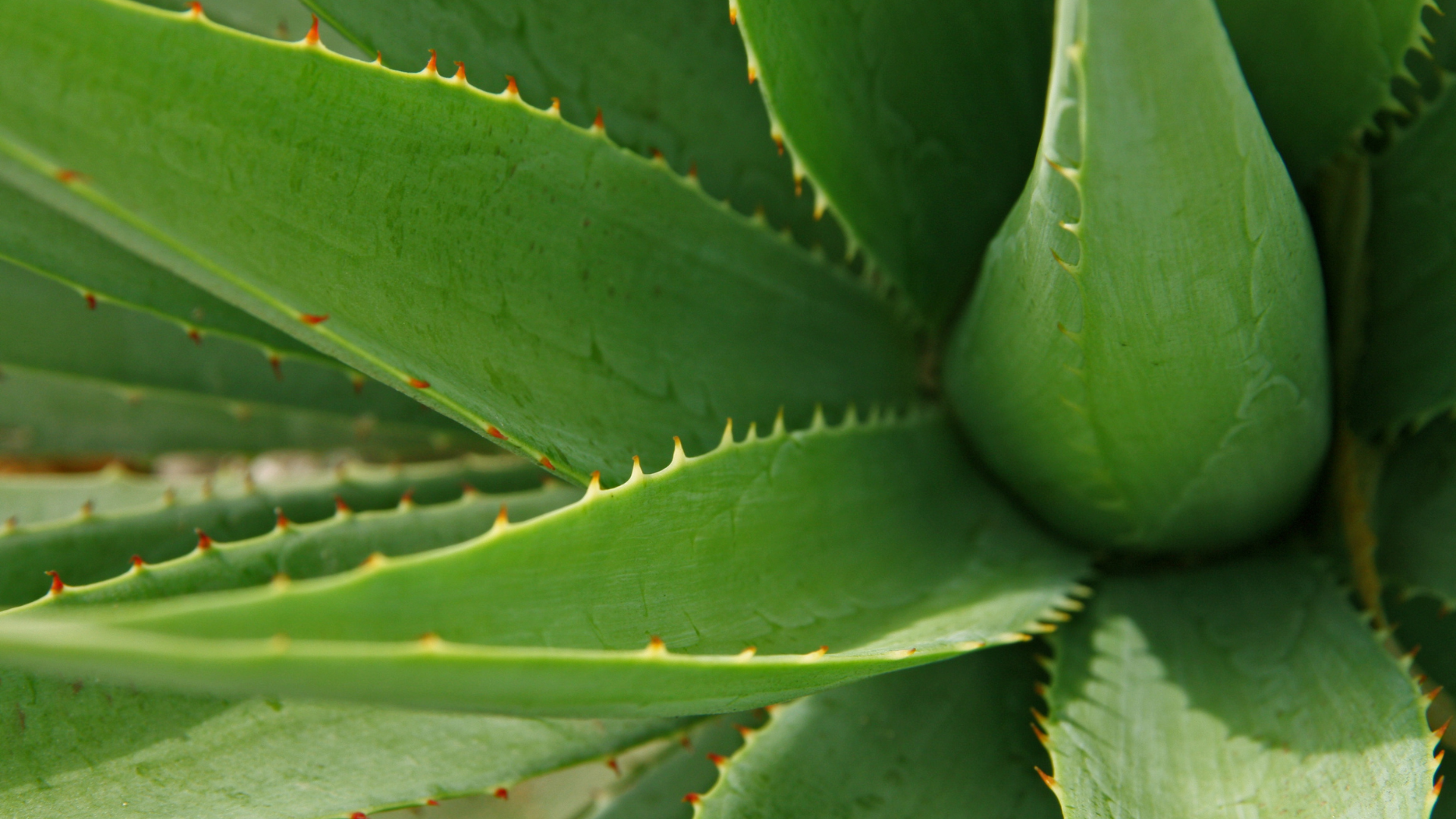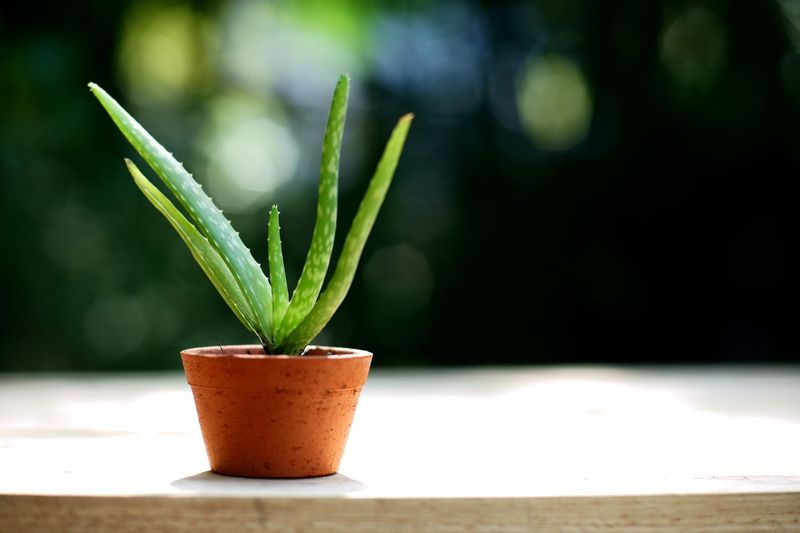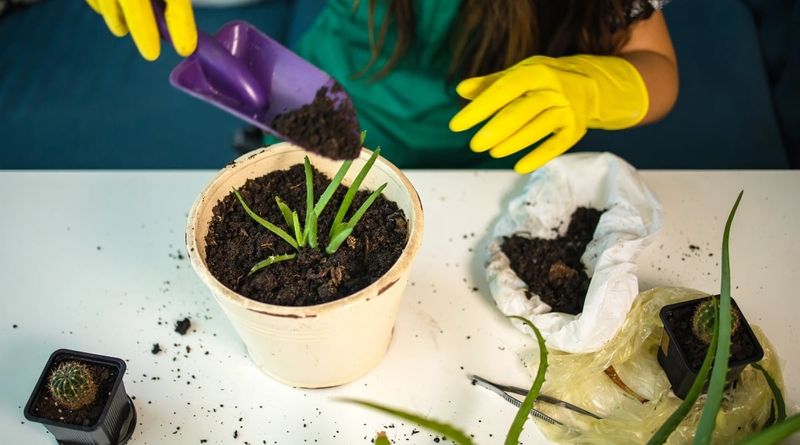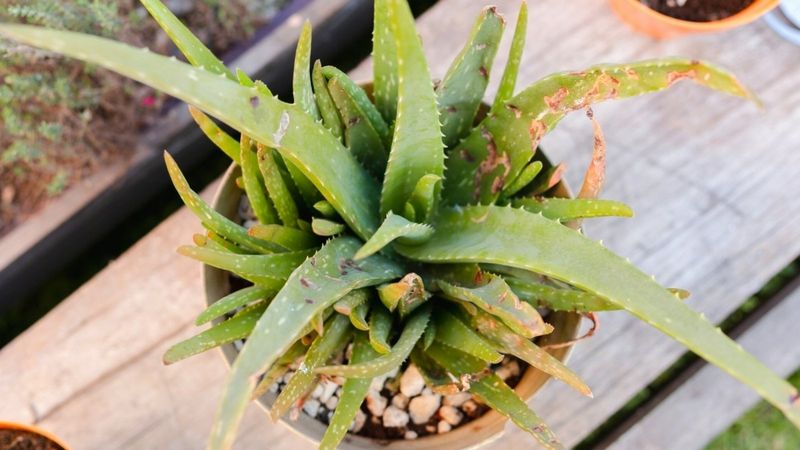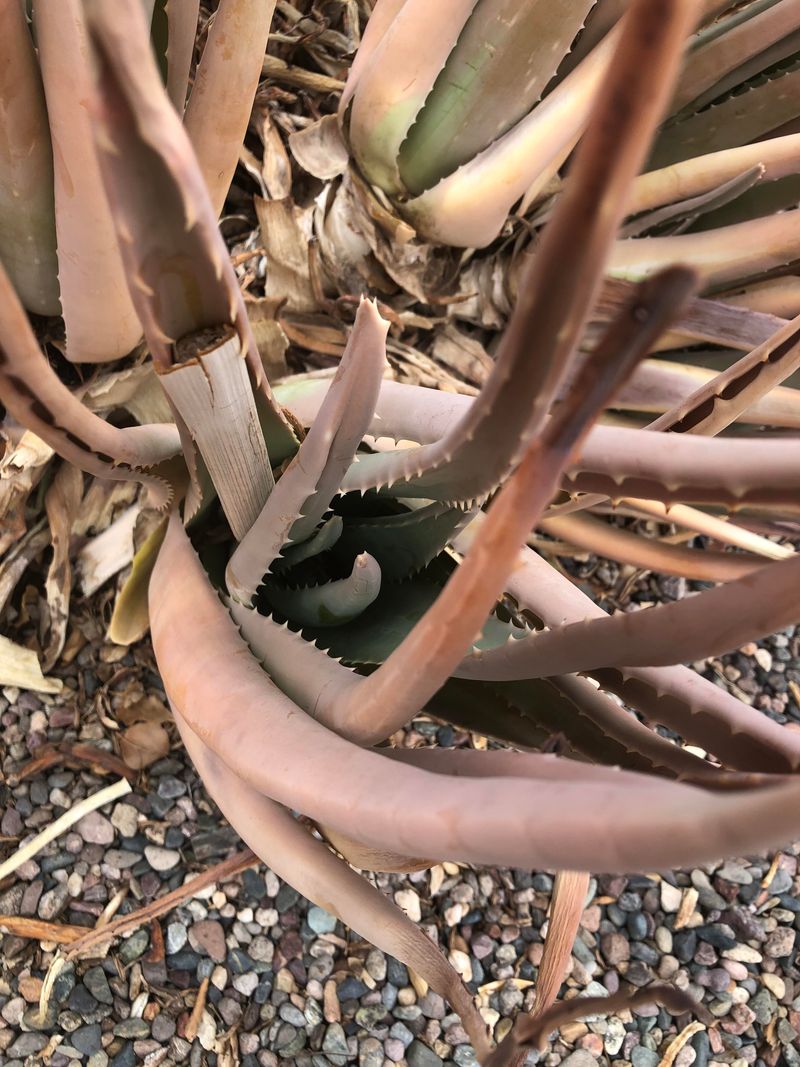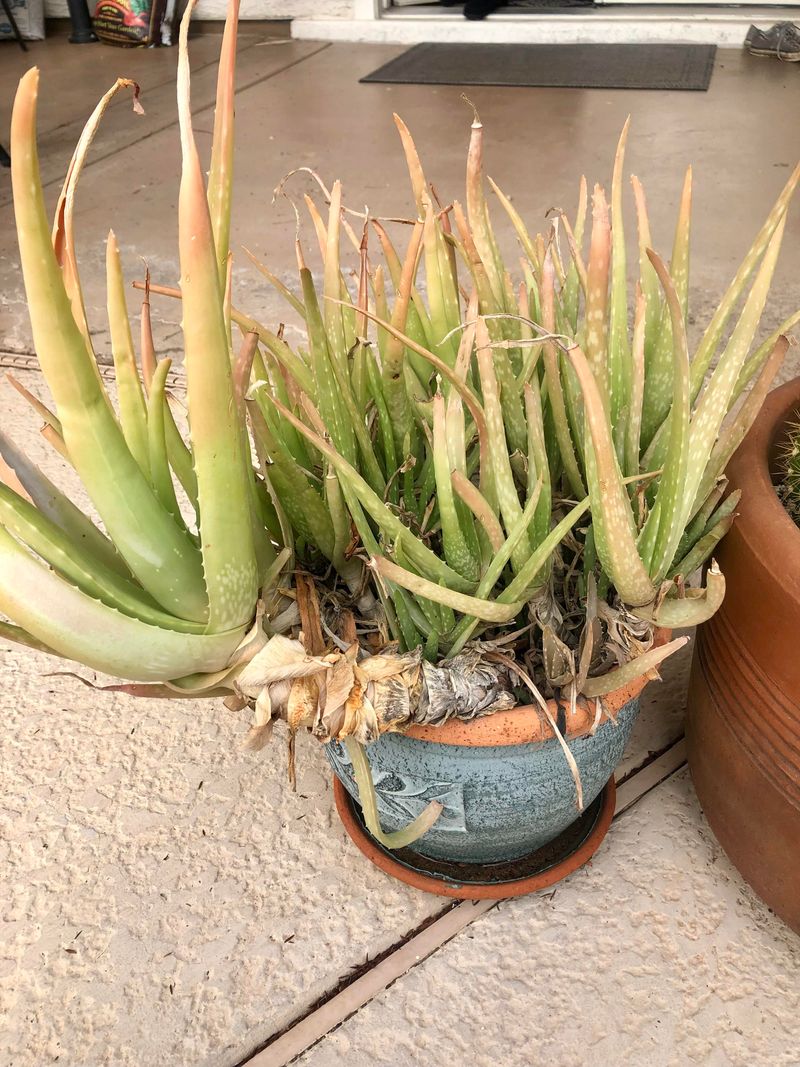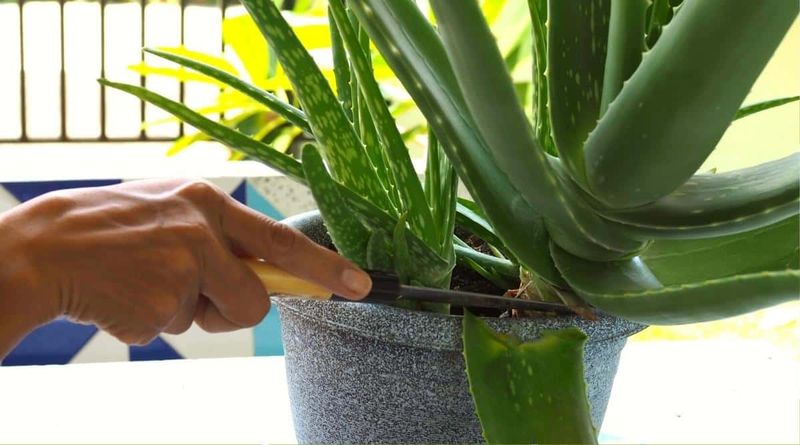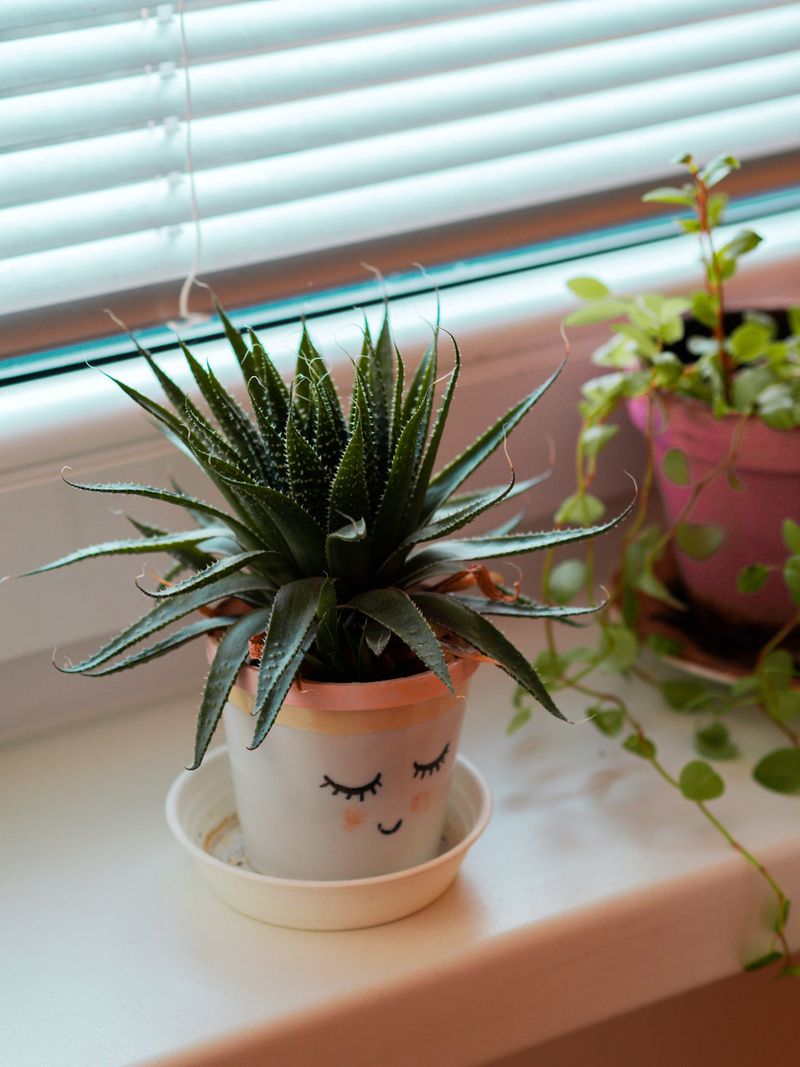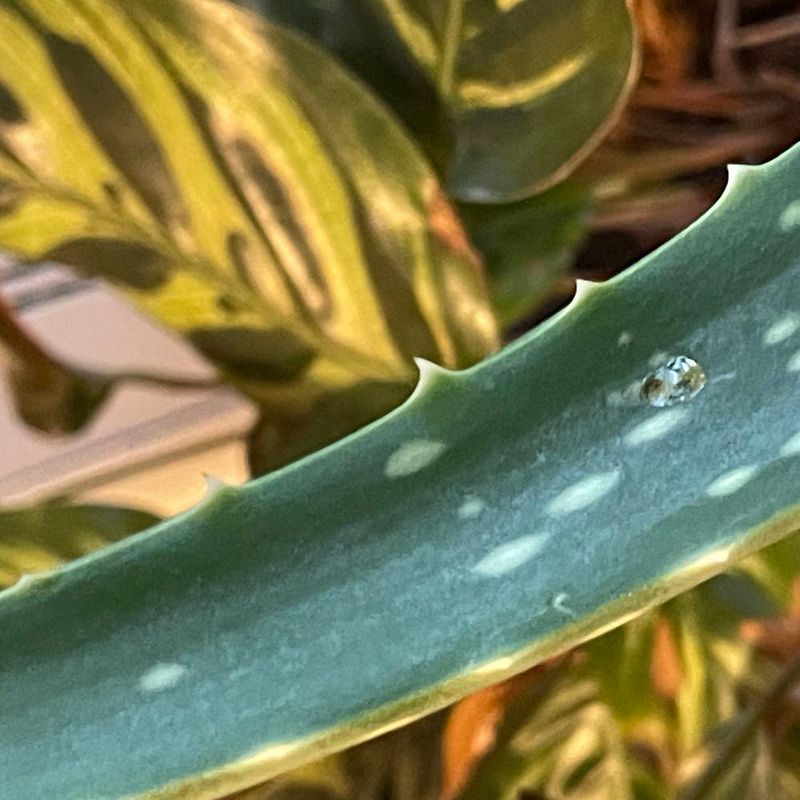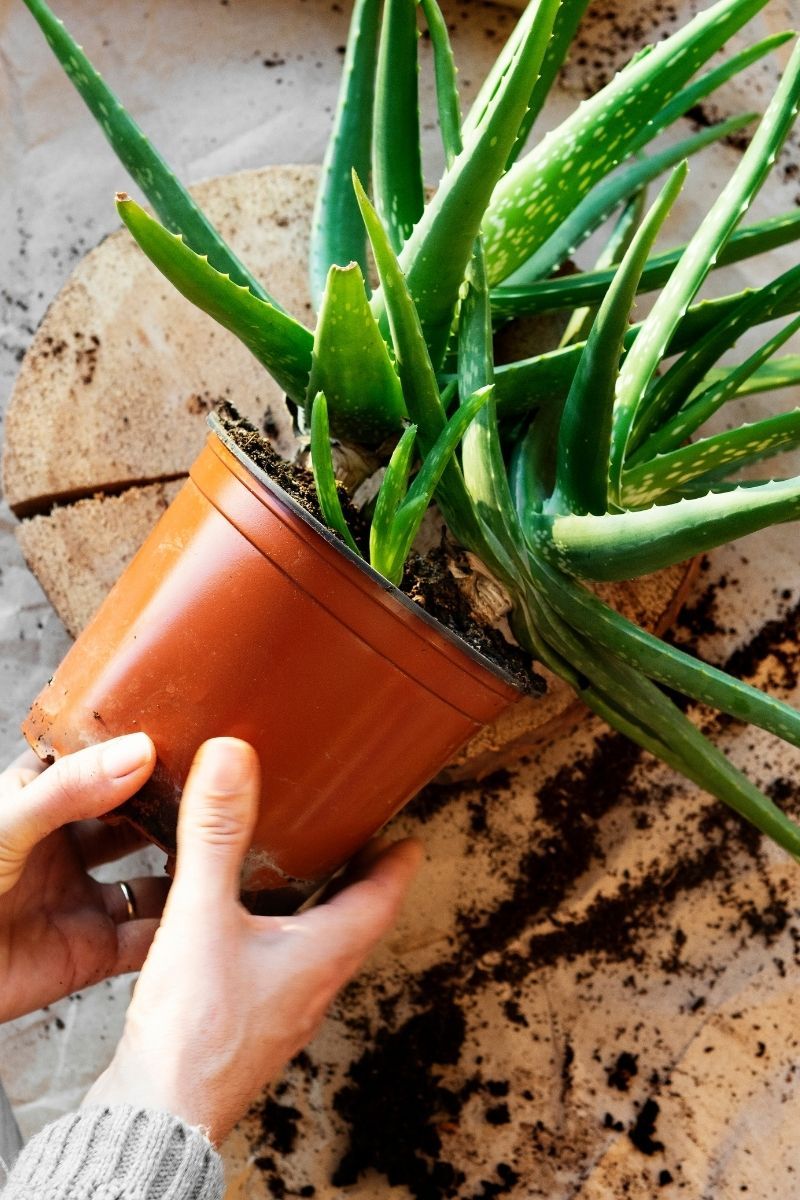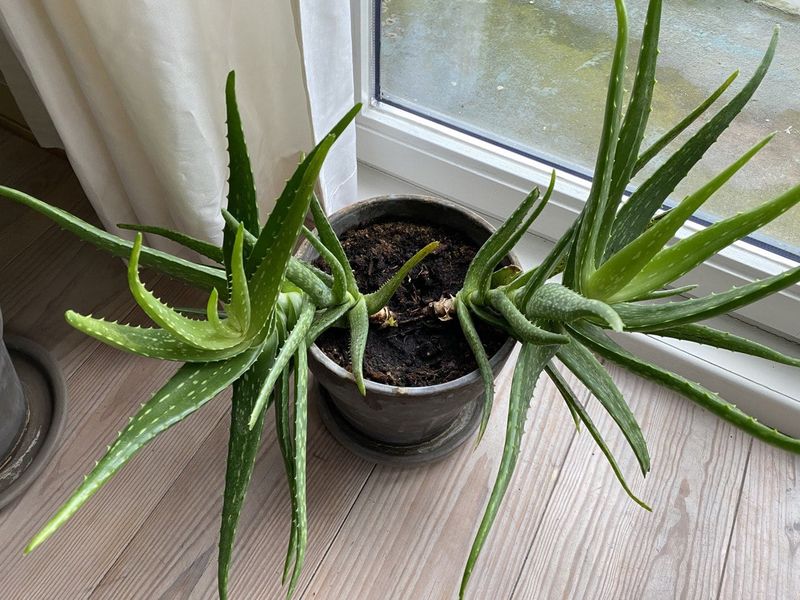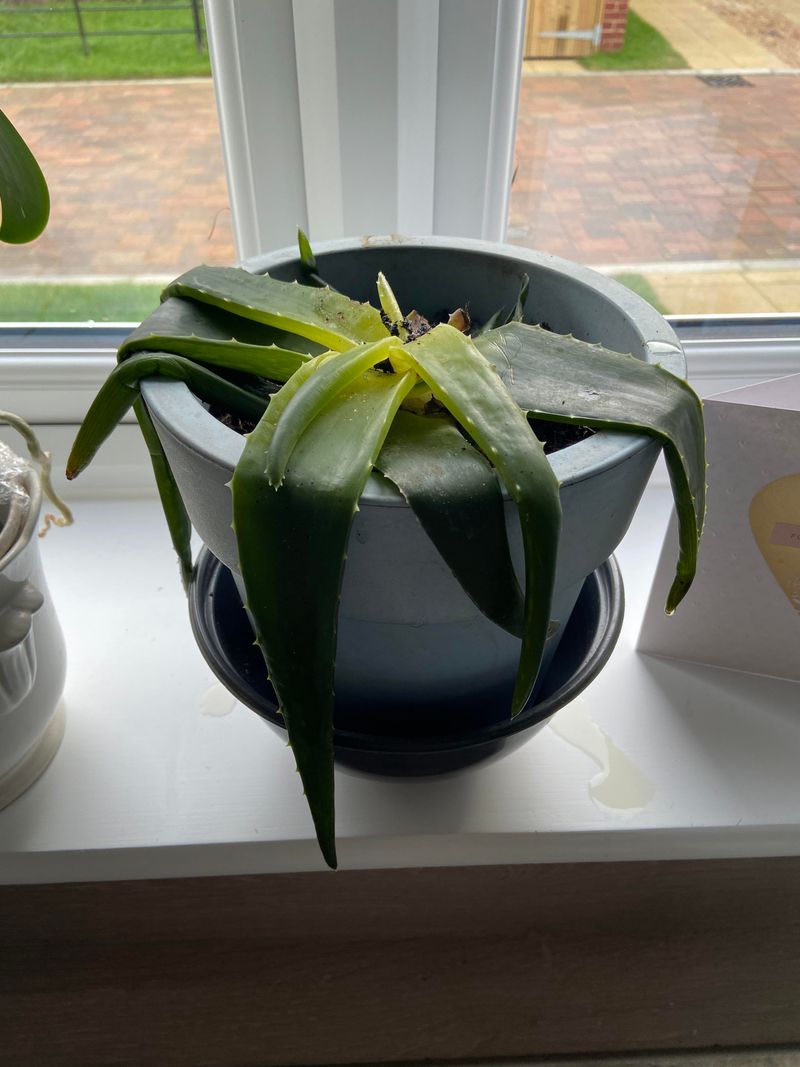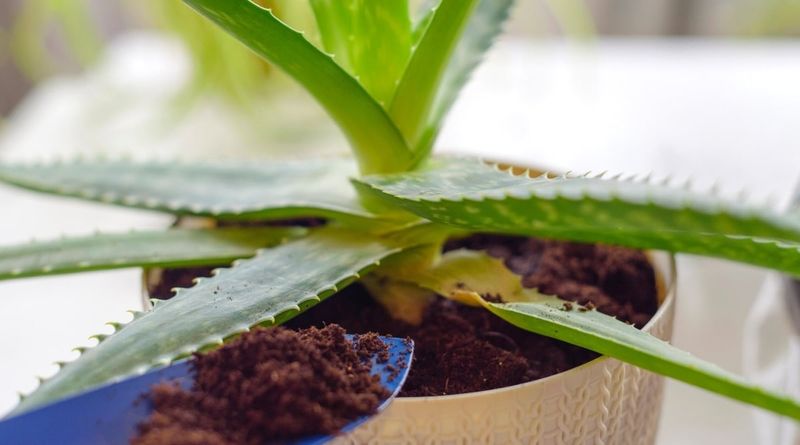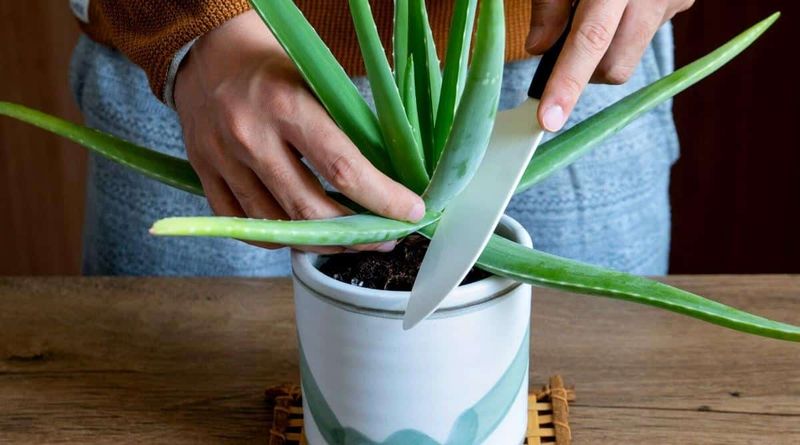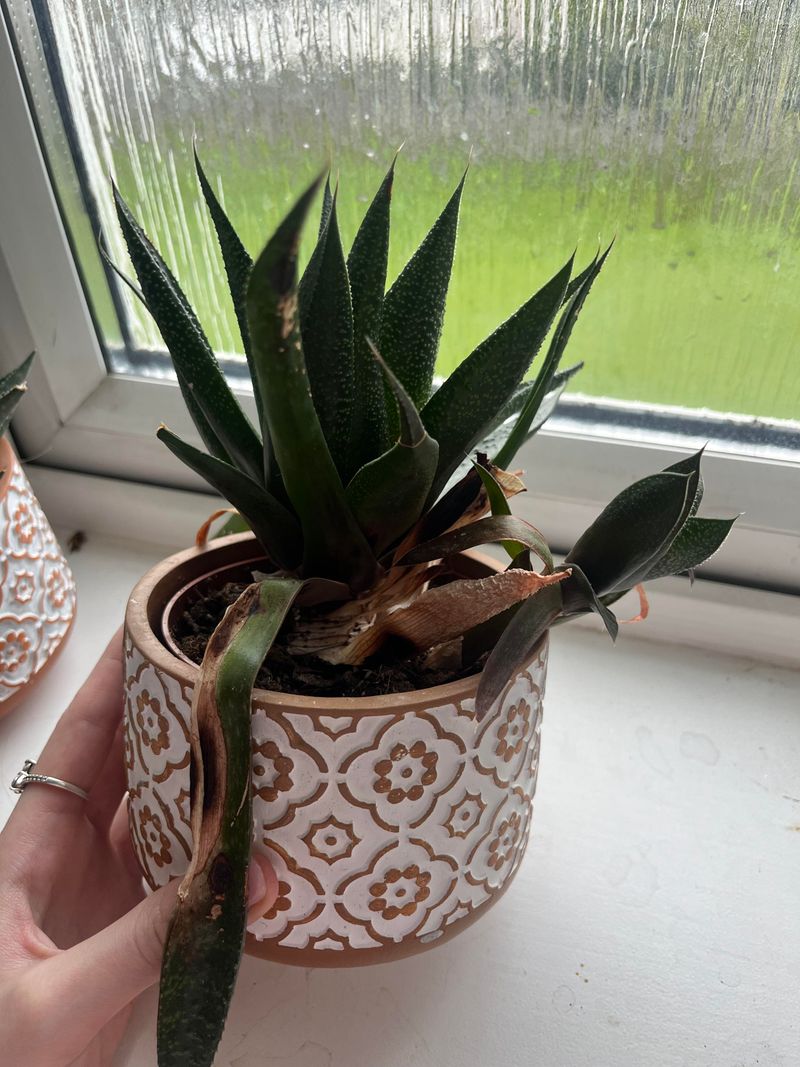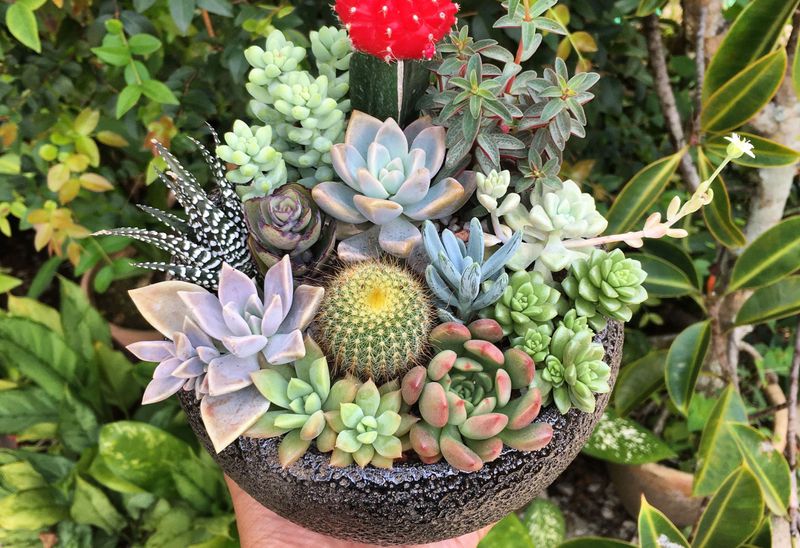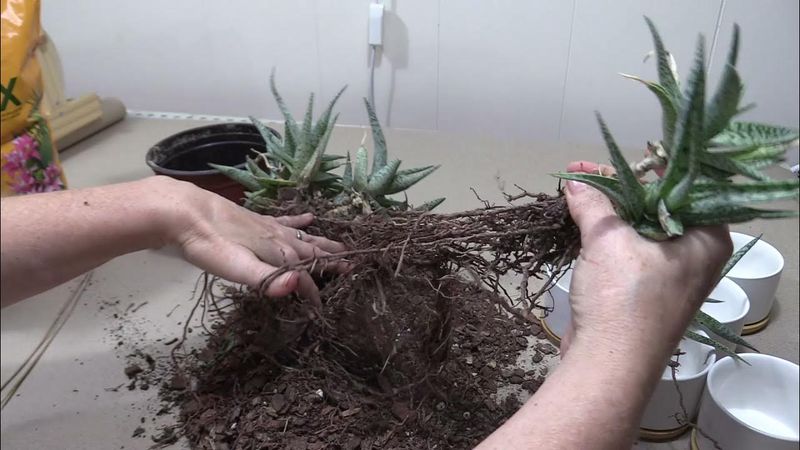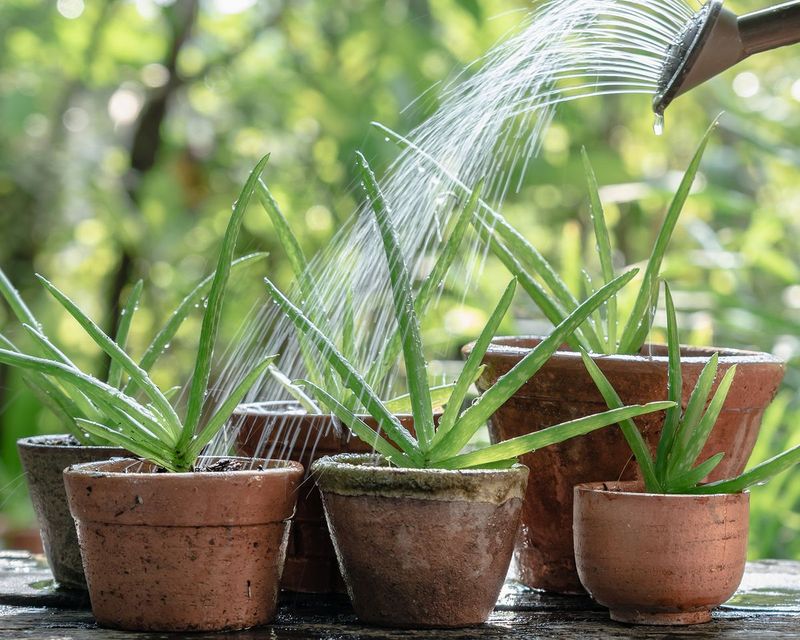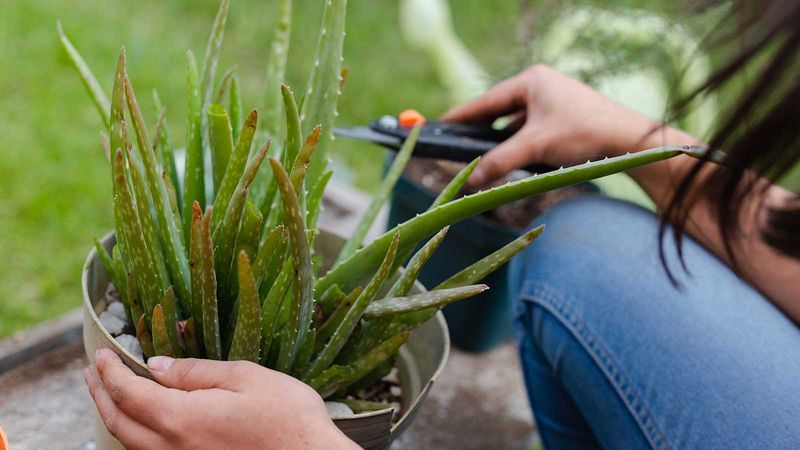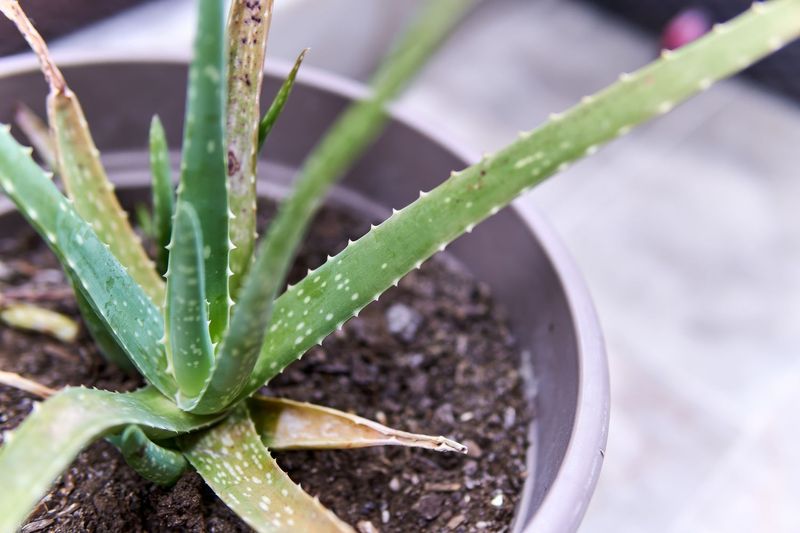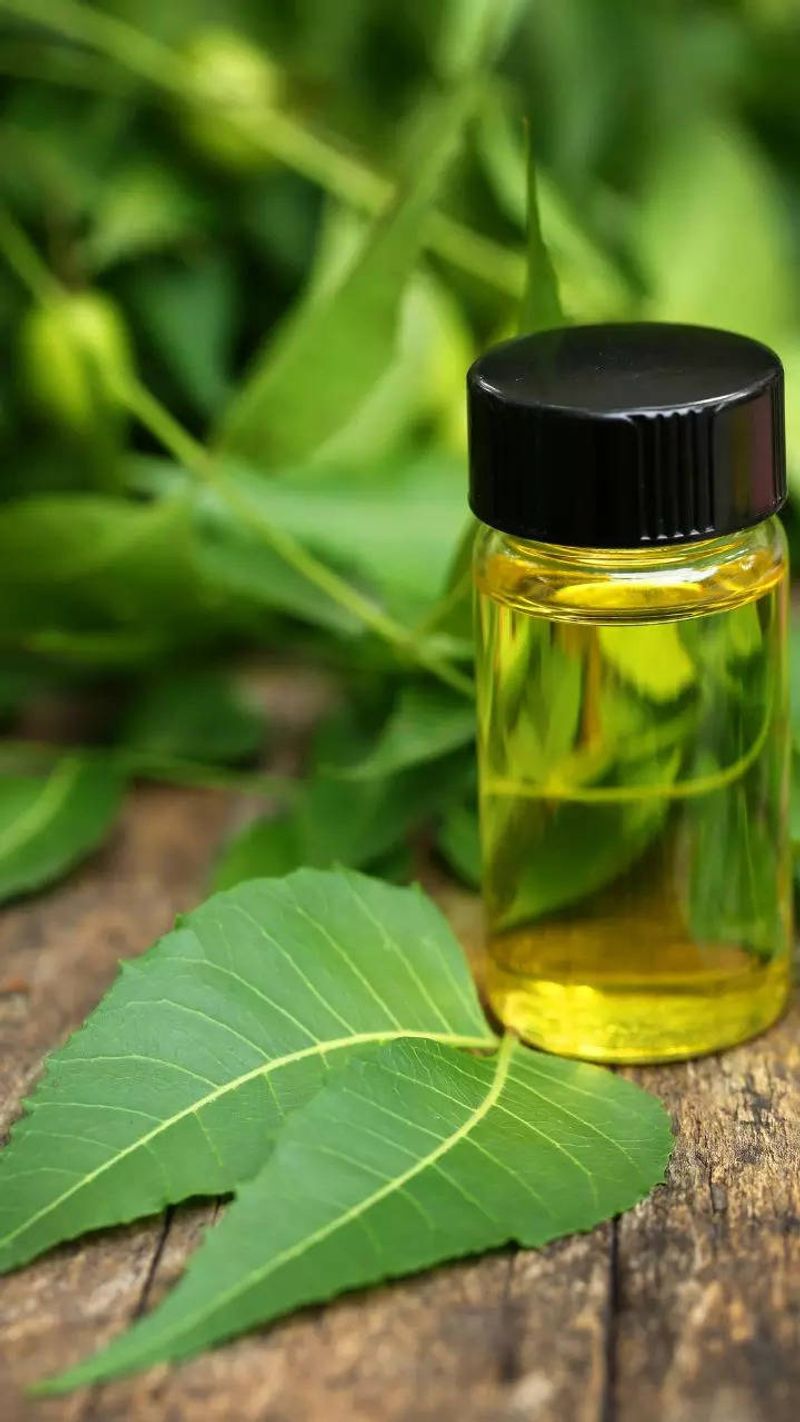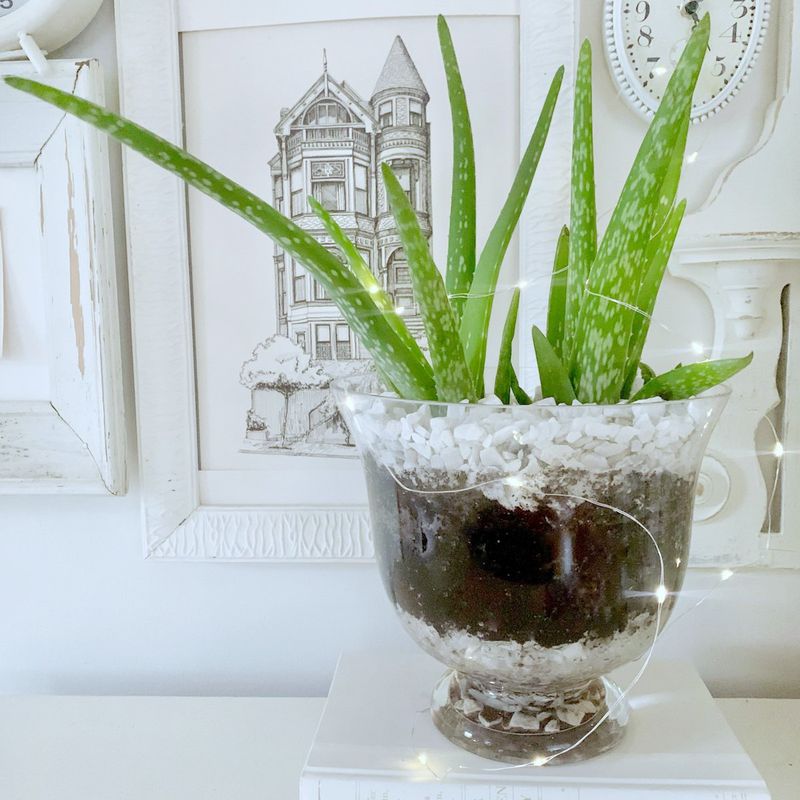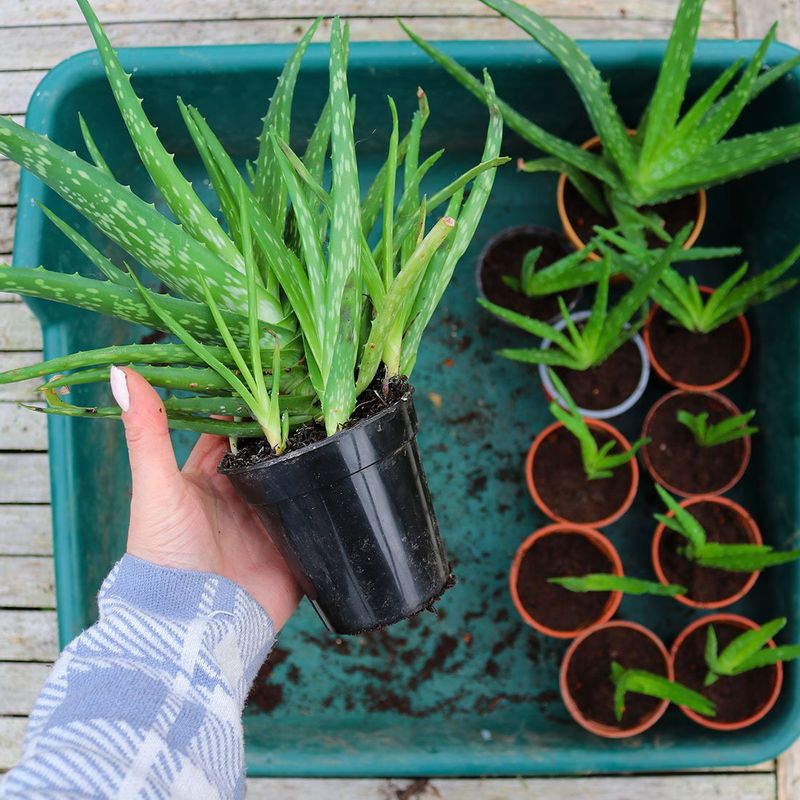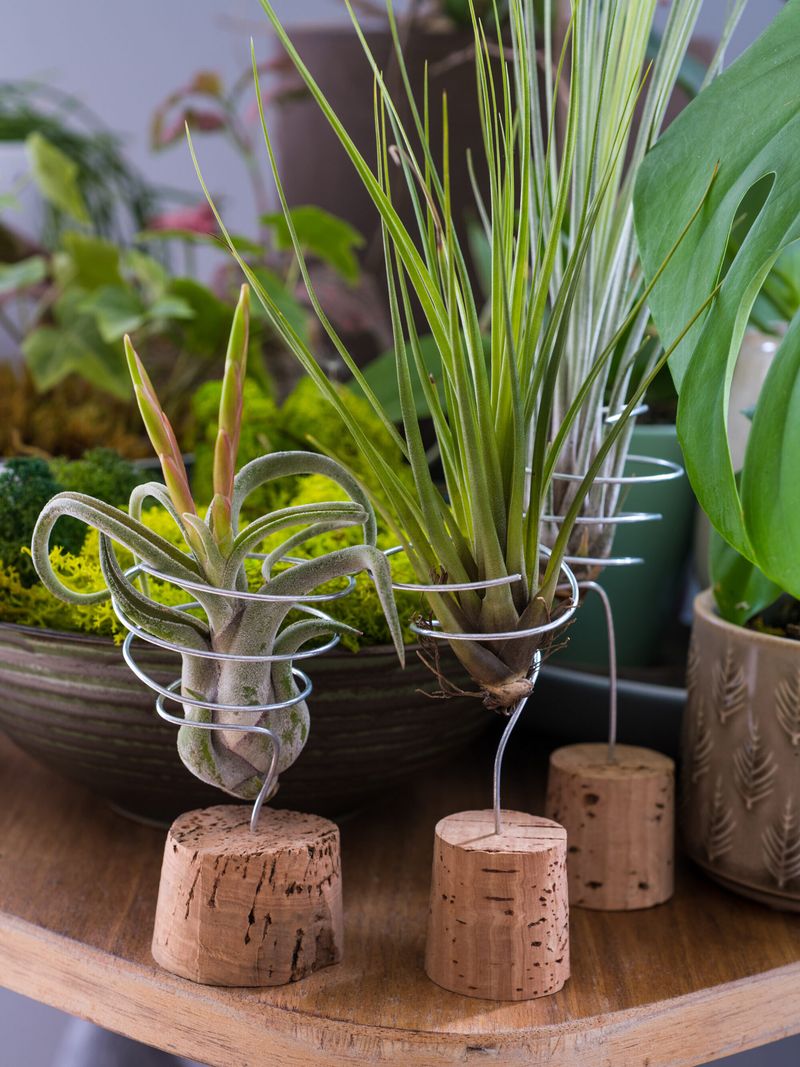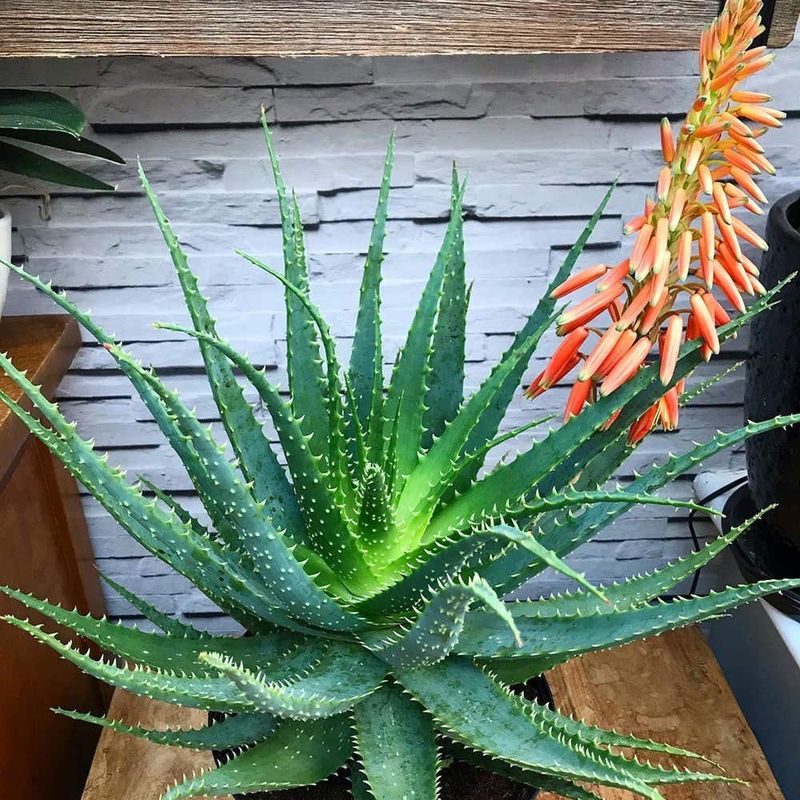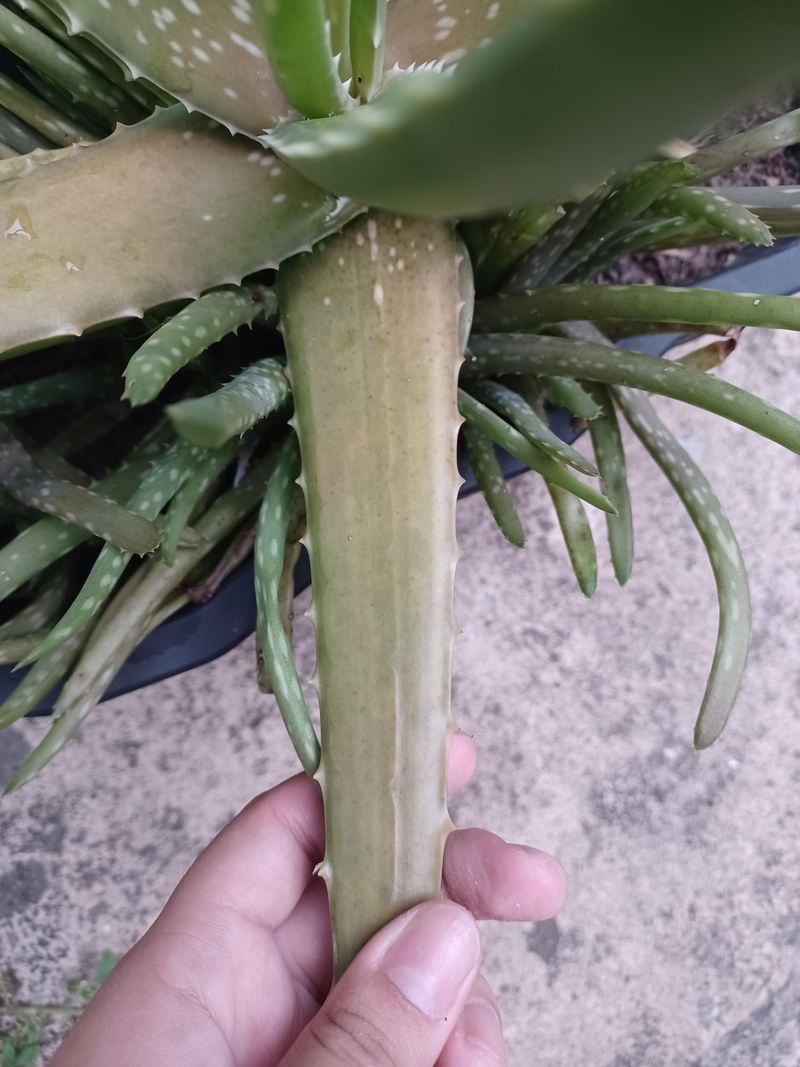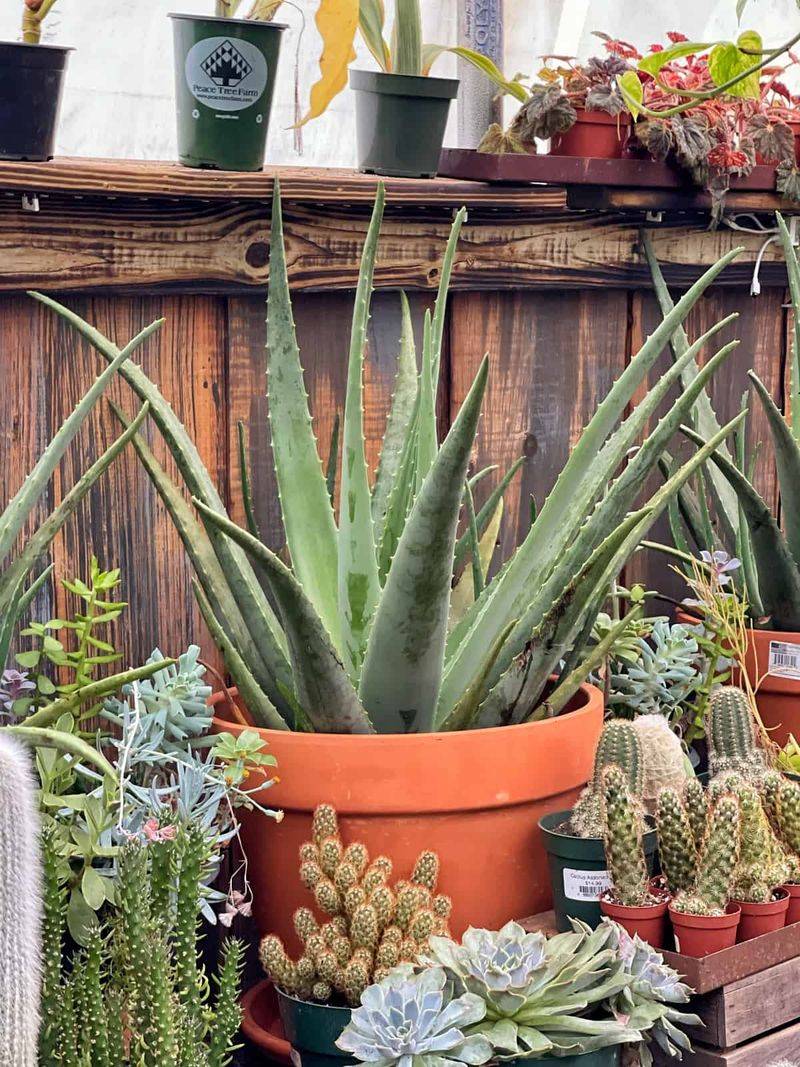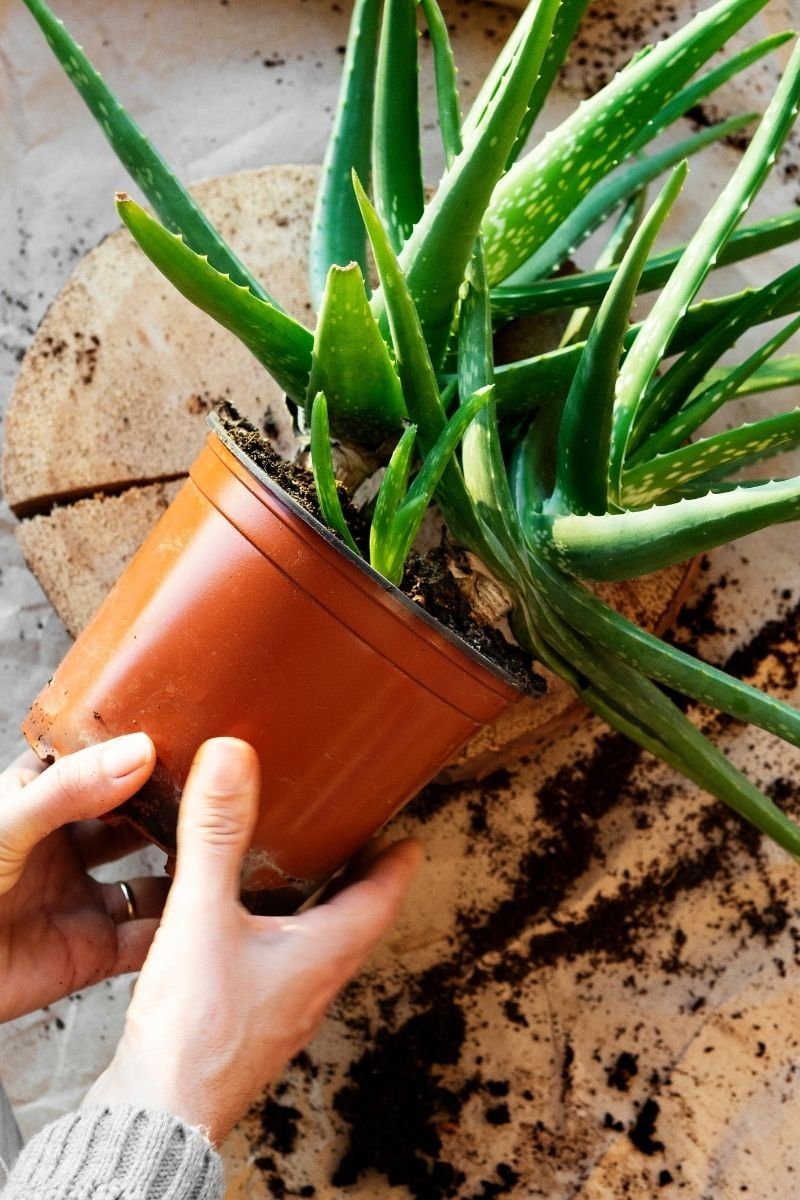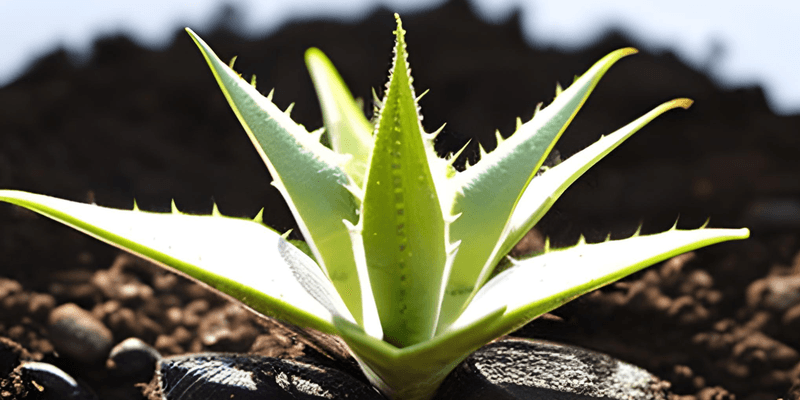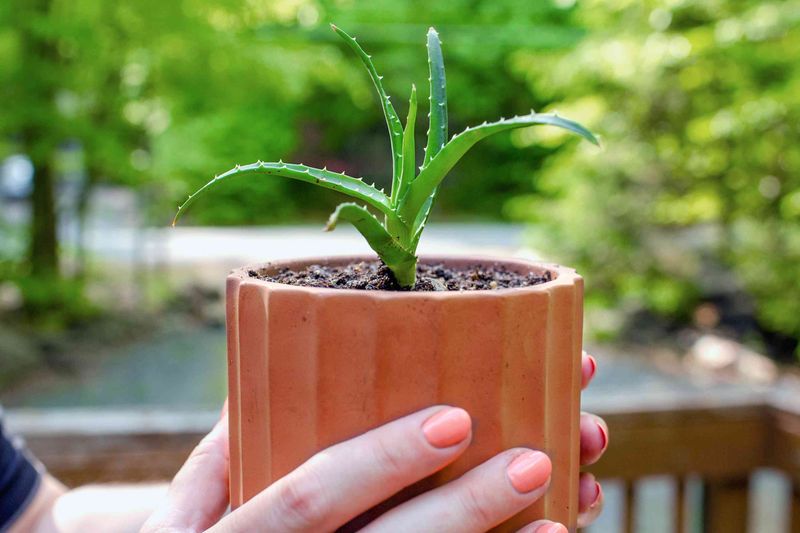Ever had an aloe vera plant that went from vibrant green to a sad, shriveled mess? I’ve been there, and trust me, it’s not a fun feeling.
If you’ve ever been on the receiving end of a sad, droopy aloe, don’t worry, we’re about to turn things around. Grab a cup of tea, and let’s walk through 29 essential steps to revive your aloe vera.
With a little care and patience, you’ll have it thriving again, showing off those succulent leaves like it’s ready for its close-up!
1. Understand Your Aloe’s Needs
Get to know what your plant craves. Every aloe has its own quirks and preferences. Start by observing its position—is it basking in the sunlight or languishing in the shadows?
Sometimes, the solution is as simple as relocating it to a sunnier spot. Consider the watering schedule. Is it too frequent or too sparse?
By fine-tuning these basic needs, your aloe will begin to perk up in no time. Remember, it’s not just a plant; it’s your responsibility and joy.
2. Check the Soil
I didn’t think much about the soil at first, and my aloe vera looked a bit sad. After swapping out the compact soil for a fresh mix, my plant seemed to take a deep breath.
The droopy leaves perked up, and I could see the difference immediately. Now, my aloe is thriving, all thanks to a simple soil change.
It just goes to show how good soil makes all the difference in keeping your plant happy and healthy!
3. Mind the Temperature
Temperature matters more than you might think. Your aloe isn’t fond of dramatic temperature swings. It thrives in a stable environment, much like we do.
If it’s too cold or too hot, your aloe could be silently protesting. Adjust the thermostat or move the plant to a more suitable spot.
When the temperature feels just right, your plant will reward you with growth and a cheerful demeanor. It’s all about finding that sweet spot where your aloe feels at home.
4. Avoid Overwatering
Here’s a shocking revelation: most plant woes stem from overenthusiastic watering. Aloe prefers a dry spell over a drenching. If you’ve been showering it with affection in liquid form, it’s time to hold back.
Let the soil dry out between waterings. Overwatering can lead to root rot, a plant’s worst nightmare. It’s not about depriving your aloe but rather giving it space to breathe.
Try this, and you might find a healthier, more content plant on your hands.
5. Repotting When Necessary
Sometimes, a change of scenery does wonders. If your aloe seems cramped or its roots are peeking out, it’s crying out for a bigger pot.
Repotting can invigorate your plant, giving it the room it needs to spread its roots and flourish. Choose a pot slightly bigger than the current one and ensure it has good drainage.
This step is like upgrading your aloe’s living conditions, providing it with more space to grow strong and healthy. It’s all about expansion and growth!
6. Trim Dead Leaves
I’ve found that trimming dead leaves works wonders for my aloe vera. At first, I hesitated, thinking I might damage it. But once I carefully snipped away the wilted parts, the plant seemed to perk up instantly.
It was like giving it a fresh start, much like a good haircut! Now, instead of wasting energy on struggling leaves, my aloe focuses on growing stronger and healthier.
If your aloe is looking a little tired, try this simple trick. It’s an easy way to help it shine!
7. Understand Light Requirements
Light is life! But not all light is created equal. Your aloe loves bright and indirect sunlight. Too much direct sun, and it might get sunburned; too little, and it sulks.
Position your plant near a window where it can enjoy the light without getting scorched. It’s a delicate balance that, once mastered, can lead to a happy plant.
With the right lighting, your aloe will glow with health, ready to face the world with leafy pride.
8. Identify Pests
Uninvited guests can wreak havoc on your aloe. Look closely for signs of pests like aphids or spider mites. These critters are no friends of your treasured plant.
If you spot them, act swiftly to remove them with insecticidal soap or a gentle rinse. Keeping your aloe pest-free is crucial for its health.
Imagine your plant appreciating your vigilance, standing tall and pest-free. It’s like being a plant detective, ensuring your aloe thrives without unwanted visitors.
9. Fertilize Sparingly
Fertilize with caution! Your aloe doesn’t need a constant buffet. Use a balanced, water-soluble fertilizer sparingly during its growing season.
Over-fertilization can do more harm than good. A little goes a long way. Picture your aloe savoring its occasional treat, growing strong and robust.
By feeding it thoughtfully, you’re ensuring it receives just the right nutrients without overwhelming it. This careful approach will keep your aloe happy and healthy throughout its life.
10. Rotate the Pot
Regularly rotating the pot ensures it grows evenly on all sides. Plants naturally lean towards the light, and by adjusting its position, you encourage balanced growth.
It’s a simple trick that can prevent your aloe from becoming lopsided. Imagine the joy of seeing your plant stand tall and evenly grown, all thanks to a little spin now and then.
It’s a gentle nudge towards symmetry and harmony in your green companion.
11. Protect from Frost
Frost can be the enemy of aloes. If you live in a region where temperatures drop, ensure your plant is protected. During cold months, bring it indoors or cover it with frost cloth outdoors.
Frost is the silent killer of many unsuspecting plants. Taking preventive measures helps your aloe survive the chilly season unscathed.
Think of it as wrapping your plant in a cozy blanket, shielding it from the harsh elements. Your aloe will thank you for the warm embrace.
12. Observe for Disease
Diseases can be sneaky. Keep an eye out for unusual spots, discoloration, or wilting. Early detection is key. If you notice something off, research the symptoms and take action.
It might involve trimming affected areas or using a fungicide. Your vigilant observation can mean the difference between a thriving plant and a struggling one.
Acting quickly can nip problems in the bud, ensuring your aloe remains strong and healthy. It’s all about being a plant guardian.
13. Use Proper Tools
Tools really do make a difference when it comes to gardening. I remember the first time I used a quality pair of pruning shears on my aloe vera. The clean, precise cuts were a game changer.
My trowel, with its comfortable grip, has made repotting a breeze, and I can’t imagine trying to care for my plants without it.
With the right equipment, I’ve noticed healthier plants, and my gardening routine is much more enjoyable and efficient. It’s all about having the right tools for the job!
14. Maintain Humidity Levels
Humidity isn’t just about comfort for humans. Aloes prefer moderate humidity levels. If your home is particularly dry, consider using a humidifier near your plant.
This can prevent the leaves from drying out and keep your aloe in optimal health. Imagine your plant enjoying the gentle mist, feeling refreshed and revitalized.
By maintaining the right humidity, you’re creating a more hospitable environment for your aloe to flourish. A little moisture goes a long way in plant care.
15. Consider Companion Planting
Aloes thrive when paired with the right plant companions. I learned this when I started grouping my aloe with other succulents, like echeveria and jade plants.
They all have similar care needs—well-draining soil, plenty of sunlight, and minimal water. Not only does it make for a stunning display, but I’ve also noticed healthier growth.
The plants seem to support one another, creating a balanced ecosystem. It’s like having a social circle for your aloe, where everyone benefits and flourishes together.
16. Check for Root Bound
Roots can get cramped. If your aloe’s growth seems stunted, check if it’s root-bound. When roots circle the pot tightly, they need more space.
Gently loosening and replanting in a bigger pot can breathe new life into your plant. Imagine the relief as your aloe stretches its roots, ready to take in more nutrients and grow.
By addressing this issue, you’re giving it the freedom to expand and flourish. Checking for root bound is like offering a new lease on life.
17. Monitor Water Quality
Not all water is equal. The type of water you use can affect your aloe’s health. Tap water with high chlorine levels might not be ideal. Consider using filtered or rainwater for a purer alternative.
I’m pretty sure aloe knows the difference between good and bad water quality. Just like us, plants thrive on good quality hydration.
Ensuring the water is suitable supports your aloe’s growth and vitality. It’s a small change with a significant impact on plant well-being.
18. Prune for Shape
Pruning my aloe has become one of my favorite parts of plant care. At first, I only thought of it as a way to remove dead leaves, but I quickly realized it’s also about shaping the plant.
By trimming overgrown areas, I can guide the aloe’s form, making it look more tidy and sculptural. This way I turned it into a decorative piece for my home.
Pruning for shape not only keeps it healthy but adds a artistic touch to my garden. It’s all about blending form with function!
19. Prevent Sunburn
Sun can be too much of a good thing. If your aloe’s leaves are turning brown or white, it might be suffering from sunburn. Move it to a spot with filtered sunlight to prevent further damage.
When you put it away from sun’s harsh rays, it is for sure sighing in relief. By providing the right light conditions, you’re ensuring its leaves remain lush and healthy.
Protecting against sunburn is vital for maintaining your aloe’s vibrant appearance and growth.
20. Use Natural Remedies
Nature offers solutions. If pests or mild diseases arise, consider using natural remedies. Ingredients such as neem oil or garlic spray can be effective without the harshness of chemicals.
Aloe is probably nodding in approval as you opt for eco-friendly treatments. These remedies not only solve problems but also align with a more sustainable approach to gardening.
By using what nature provides, you’re caring for your aloe in a way that respects the earth and promotes health.
21. Ensure Proper Drainage
Drainage is crucial. Aloes detest sitting in waterlogged soil. Make sure your pot has sufficient drainage holes to allow excess water to escape.
This simple step can prevent root rot and promote robust growth. Picture your aloe happy and dry-footed, safe from the perils of overwatering.
By ensuring proper drainage, you’re safeguarding its roots and laying the foundation for a thriving plant. It’s all about letting things flow smoothly, keeping your aloe’s environment just right.
22. Adjust for Growth Stages
Watching my aloe grow has really shown me how its needs evolve over time. When it was younger, I watered it more frequently, but as it matured, I realized it required much less.
It’s like getting to know a friend, understanding how they change and adapting along the way. By staying in tune with its growth, I’ve been able to give it just the right care at each stage.
It’s a journey, and knowing when to adjust my approach has made all the difference in helping it thrive. Every step of growth is an opportunity to learn and grow together.
23. Promote Air Circulation
Fresh air is vital. Good air circulation helps prevent diseases and promotes healthier growth. If your aloe is in a cramped area, consider moving it to a spot with better airflow or use a small fan.
A gentle breeze caressing its leaves really does a lot. By ensuring adequate air circulation, you’re supporting your aloe’s overall health and vitality.
It’s a breath of fresh air, literally, for your plant’s well-being.
24. Create Seasonal Care Plans
Seasonal changes affect your aloe’s behavior. A tailored care plan for each season ensures it receives the right attention year-round.
From adjusting watering in winter to sun exposure in summer, a thoughtful approach can make a difference. Picture your aloe thriving through every season, with you as its dedicated caretaker.
By planning ahead, you’re providing consistent and effective care, adapting to seasonal shifts with ease and ensuring sustained health and growth.
25. Watch for Nutrient Deficiency
Nutrients are the building blocks of life. Keep an eye out for signs of deficiency, such as yellowing leaves or stunted growth. If you spot these symptoms, adjust the nutrient supply with balanced fertilizers.
Imagine your aloe perking up as it receives the nourishment it was craving. By staying vigilant, you’re ensuring it has all the nutrients it needs to prosper.
This proactive approach keeps your aloe vibrant and full of life, ready to weather any challenge.
26. Embrace Experimentation
I’ve found that experimenting with my aloe care has been one of the most rewarding parts of growing it. I started by tweaking its watering schedule and even tried different soil mixes to see what worked best.
The results were so satisfying. I found that perfect balance made all the difference in its growth. It’s like a little adventure, where each experiment brings new insights and helps my aloe thrive.
Embracing this trial-and-error process has taught me so much about my plant, and I love seeing how it responds to my discoveries!
27. Learn from Fellow Gardeners
Community is a rich resource. Connect with fellow plant lovers to exchange tips, success stories, and advice. Others might have faced the same challenges and found innovative solutions.
It’s a good feeling when you all learn together, all for the love of plants. By tapping into community knowledge, you’re enriching your own aloe care practices.
It’s a shared journey, where collective wisdom paves the way for thriving plants and lifelong friendships.
28. Embrace Patience
Patience is a virtue in gardening. Growth takes time, and it’s important to allow your aloe to develop at its own pace. Rushing the process can lead to mistakes.
If you look closely, you will catch it unfolding its leaves slowly. By embracing patience, you’re fostering a healthier, more resilient plant.
It’s about enjoying the journey, witnessing the gradual transformation and success of your nurturing efforts. Patience truly bears the fruit of a flourishing plant.
29. Celebrate Progress
Success deserves recognition. Celebrate each milestone in your aloe’s recovery journey. Whether it’s a new leaf or a burst of growth, acknowledging these moments enhances your bond with the plant.
Imagine the joy of capturing these achievements, a testament to your care and dedication. By celebrating progress, you’re reinforcing positive habits and motivation.
It’s not just about the end result but the joy of nurturing life, a rewarding experience in the world of gardening.

